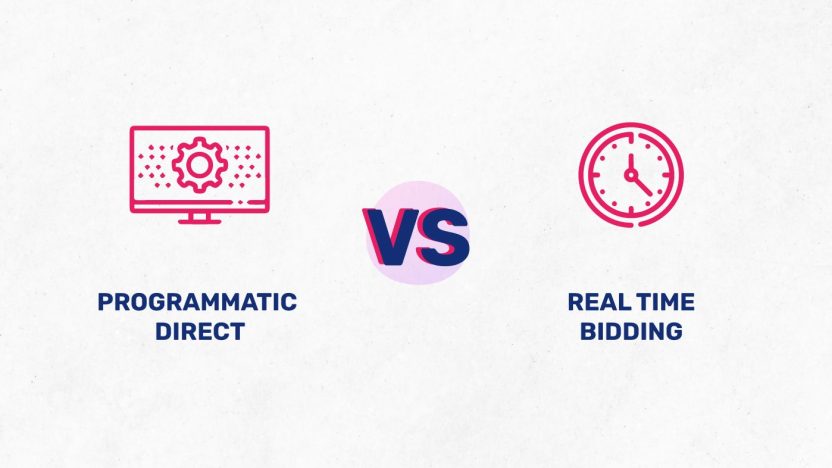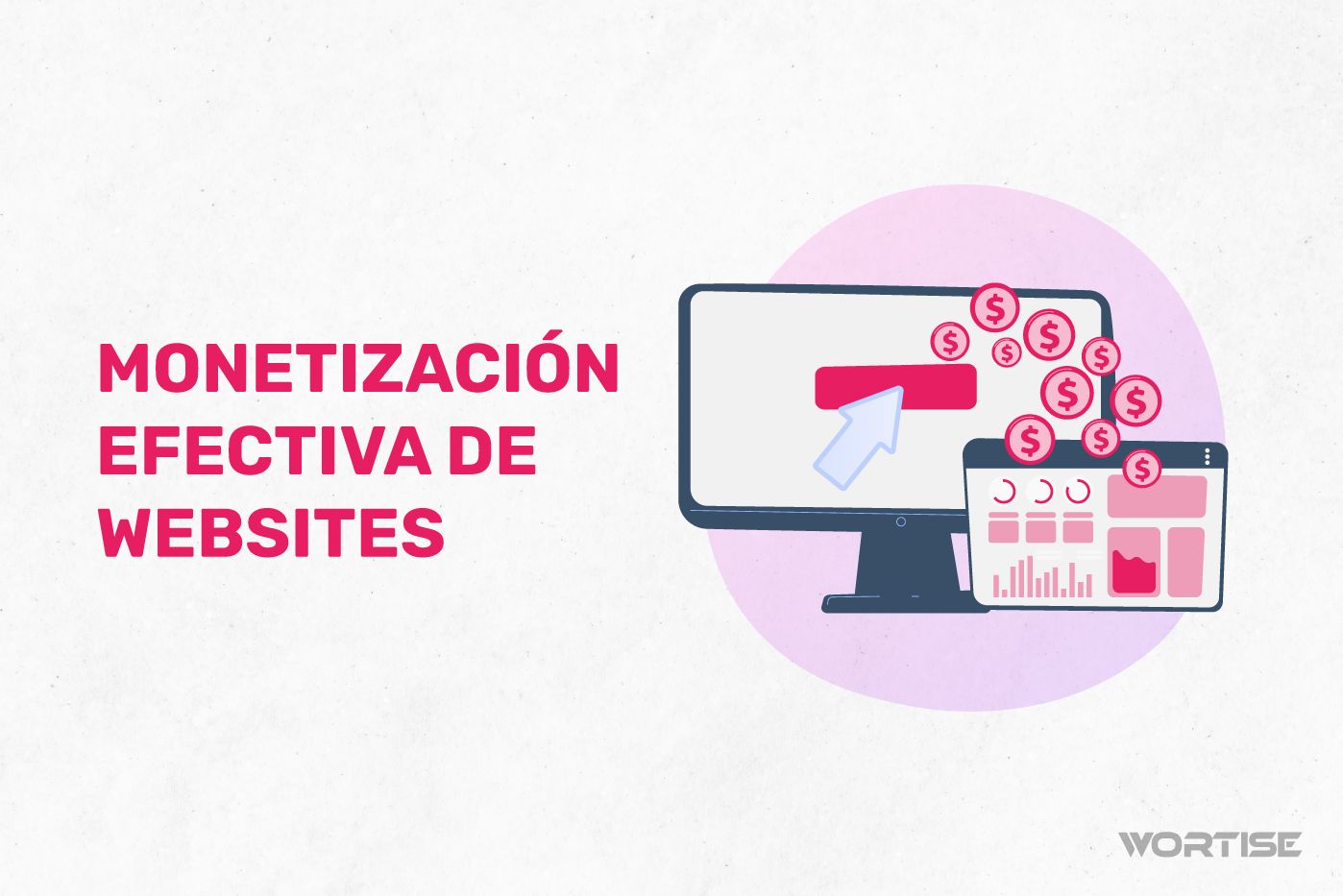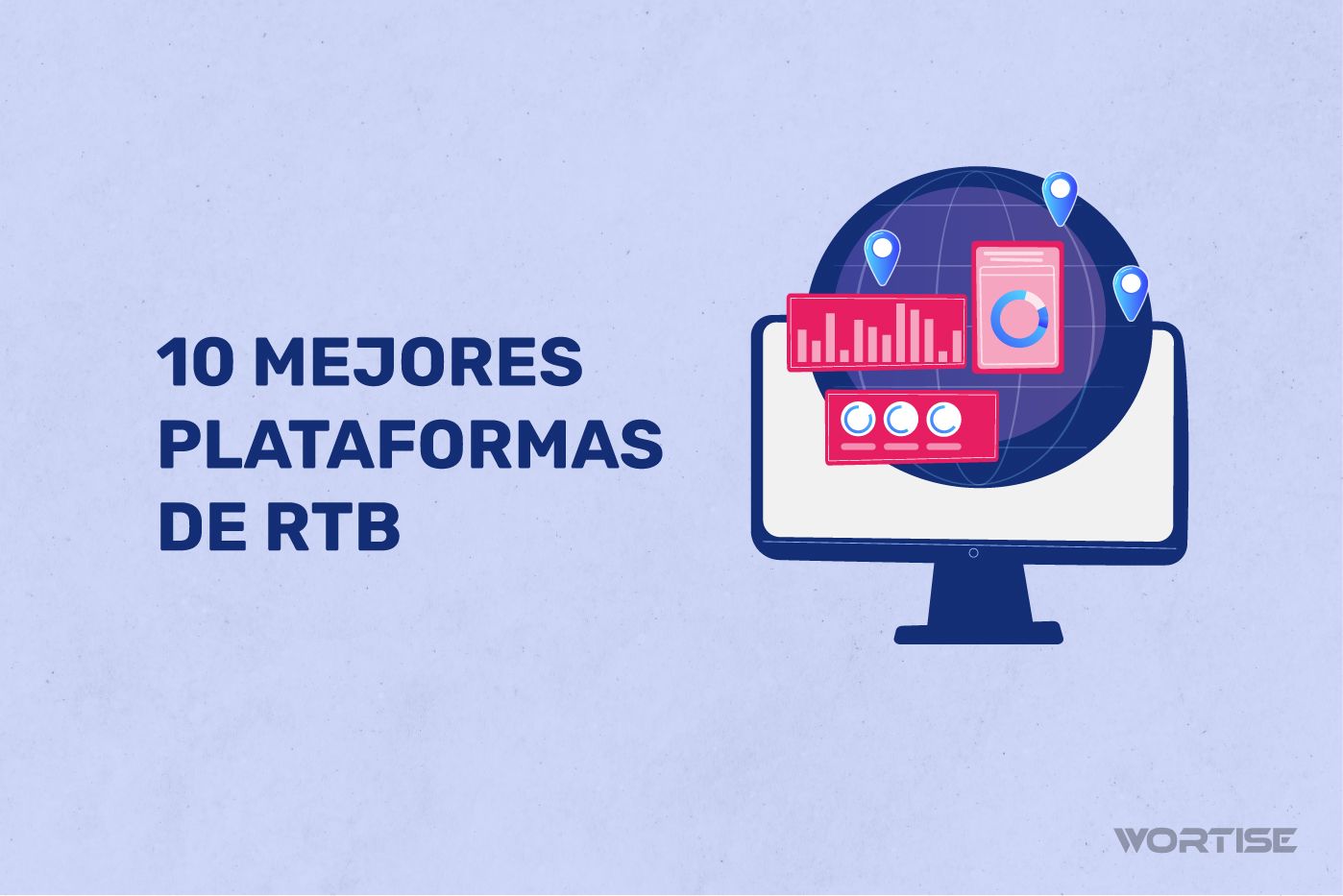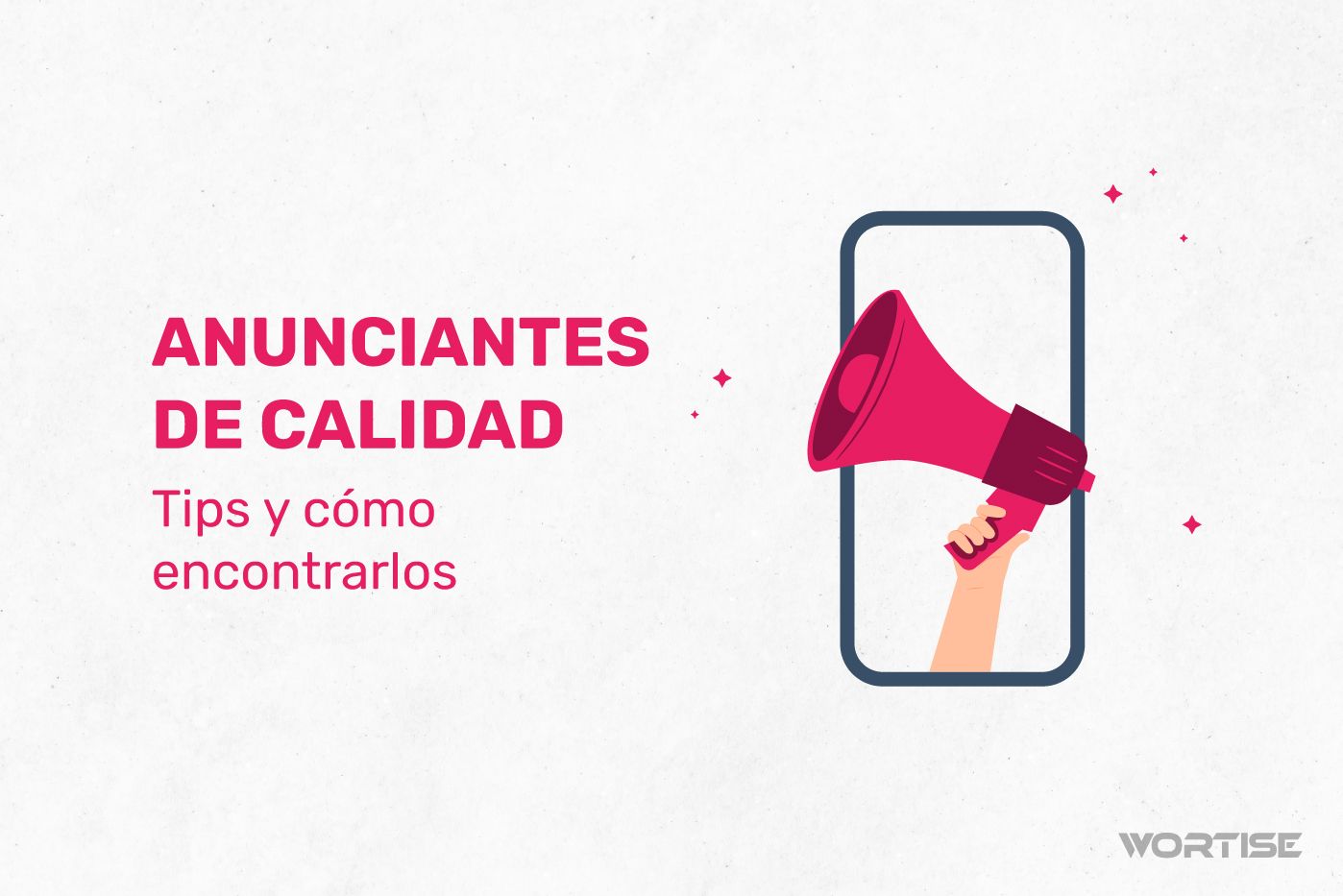Hay dos rutas que puedes escoger con toda confianza para monetizar en tu app: Real Time Bidding (RTB) y Programmatic Direct. Ambos enfoques ofrecen altas oportunidades para alcanzar a la audiencia adecuada y elevar el rendimiento de cada campaña. Te conviene saber cómo funcionan y cuáles son sus principales diferencias para que puedas sacar el máximo provecho de cada una.
Aunque tienen algunas diferencias marcadas, ambas coinciden en algo: se apoyan fuertemente en la tecnología moderna para comprar y vender espacios publicitarios de forma fácil y segura, promoviendo un ganar-ganar para publishers y anunciantes.
Te invitamos a conocer más sobre las ofertas programáticas directas y las ofertas en tiempo real, también conocidas como RTB. Descubrirás algunos tips para reforzar tus estrategias y monetizar más.
¿Qué son los Programmatic Direct?
Las ofertas programáticas directas van directo al grano. Es decir, no requieren pasar por el mecanismo de la subasta abierta, sino que se ejecutan en un pacto directo entre un publisher y un anunciante bajo un esquema automatizado.
Su funcionamiento es bastante práctico: el advertiser recibe una invitación de un editor para comprar su inventario durante un tiempo específico. Este trato directo permite a las partes definir una tasa de CPM negociada, tiempo de duración y más.
Los programmatic direct son un mecanismo valioso para los editores, que pueden asegurarse de vender su inventario premium a compradores interesados; y obviamente también para los anunciantes, que gozan de la gran ventaja de conseguir impresiones más valiosas.
Tipos de programática directa
Cuando hablamos de publicidad programática directa, debes saber que existen dos tipos o formas de hacerlo. Veamos:
- Programática garantizada: Funciona como una especie de garantía programática, es decir, el inventario del publisher se puede reservar mediante un trato directo. En esa reservación se establecen los formatos de anuncios, cantidades, fecha de inicio y culminación, etc.
- Oferta preferida: A diferencia del anterior, este tipo de oferta no está garantizado o reservado, lo que se denomina como oferta preferente. Como plus, los anunciantes pueden tener una mirada sobre el inventario antes de llegar a algún acuerdo.
¿Qué son las Real Time Bidding?
Las ofertas en tiempo real, conocidas en inglés como Real Time Bidding (RTB), son una forma de anuncios programáticos que se ejecutan en una subasta en tiempo real donde los anunciantes ofertan y compiten por un espacio publicitario.
Las subastas se hacen de forma automatizada con una plataforma de mediación y, tal como supones, son bastante dinámicas. Emplean tecnología y datos en tiempo real para facilitar la transacción de anuncios de manera eficiente, rápida y sobre todo transparente.
En pocas palabras, es un mercado que no para ni un segundo. Los anunciantes envían ofertas automáticas para competir por un determinado espacio publicitario, pero eso no quiere decir que ganen enseguida. Como lógicamente es una subasta, triunfa la oferta más alta.
Después de todo este proceso, el anuncio se muestra a los usuarios en cuestión de segundos. Aunque todo sea muy rápido, la idea es que cada publicidad coincida con el inventario de anuncios correcto para llegar al público idóneo.
Este esquema de competitividad permite a los anunciantes ajustar sus ofertas y estrategias en tiempo real mediante una plataforma del lado de la demanda (DSP), mientras que los editores, a través de una plataforma del lado de la oferta (SSP), pueden obtener ofertas jugosas para elevar sus tasas de monetización.
Diferencias entre Programmatic Direct vs Real Time Bidding
Sin duda alguna, la principal diferencia entre una oferta programática directa y una RTB radica en la forma en cómo se realiza el proceso de compra.
El modelo RTB se ejecuta mediante una subasta abierta, es decir, algo más público, mientras que el programmatic direct prioriza el establecimiento de acuerdos directos entre un comprador y un vendedor en específico.
Veamos otros 5 puntos en los que tienen diferencias:
#1 Control y transparencia
Tal como supones, las ofertas programáticas directas ofrecen un mayor nivel de control y transparencia, pues los anunciantes pueden seleccionar los sitios y medios específicos donde se mostrarán sus anuncios. En cambio, en RTB los advertisers no tienen control directo sobre la ubicación exacta de los anuncios, recuerda que se compran en función de las características de la subasta.
#2 Relación con los editores
En RTB el proceso es totalmente automatizado y no involucra una relación directa con los editores. No hay necesidad de conversar y dialogar para llegar a acuerdos, simplemente se acepta o no la oferta.
En cambio, con las programmatic direct pasa todo lo contrario: se establece una relación de negociación entre editores y anunciantes, lo cual puede llevar a acuerdos más personalizados.
#3 Segmentación y personalización
Aunque ambos enfoques de publicidad ofrecen la opción de segmentación de audiencias, el modelo RTB trabaja con datos demográficos en tiempo real, comportamientos en línea y otros factores que sirven como parámetros para brindar una segmentación más eficiente.
#4 Optimización en tiempo real
Los anunciantes que se decantan por el modelo RTB pueden ajustar sus ofertas y estrategias en tiempo real según el resultado que están logrando. Esa capacidad de optimización sobre la marcha no la tiene el programmatic direct.
#5 Costos
En las subastas RTB hay mayor flexibilidad para los anunciantes: pueden pujar y pagar precios módicos por aquellos espacios que consideren valiosos. Esto no ocurre con las ofertas directas, las cuales –al regirse por precios fijos –suelen ser un poco más costosas.
La ventaja de pagar más en el modelo programmatic direct es que los anunciantes pueden acceder a inventarios exclusivos. Para los editores esto es grandioso, pues garantizan que en su app se muestren publicidades que realmente dejen una mayor rentabilidad.
Programmatic direct vs Real Time Bidding: ¿Cuál te conviene más?
Si consideras que tu inventario es premium, quizás sea conveniente para ti acudir al programmatic direct. No obstante, saber si te conviene alguno de estos modelos dependerá exclusivamente de tus objetivos como publisher.
¿Buscas llenar tu inventario sin entrar en contacto directo con nadie? El RTB te favorecerá. ¿Quieres personalizar tu inventario y establecer reglas directas con los anunciantes? Quizás te vaya bien con el enfoque programmatic direct.
Ojo, hay que destacar que programmatic direct y RTB no son excluyentes. Puedes combinar ambos enfoques (es lo más recomendado) en tu estrategia para aprovechar sus respectivas fortalezas.
Tips para aprovechar las ofertas programáticas
#1 Calidad de tu inventario
Antes de embarcarte en una campaña programática, establece objetivos claros y medibles con base en la calidad de tu inventario. Los anunciantes valoran los espacios que son relevantes para mostrar sus publicidades, así que no dejes de trabajar en mantenerlo actualizado y libre de contenido ofensivo.
#2 Ofrece segmentos de audiencia personalizados
Los datos de tu audiencia son una mina de oro. Si logras recopilar todos los datos de tu app y terceras partes, puedes tener a la mano información valiosa sobre los intereses, comportamientos y características demográficas de tu audiencia.
Todo esto es valioso para ofrecer segmentos de tu inventario personalizados y atractivos para los advertisers. Mientras más detallada sea tu segmentación, más codiciado será tu inventario.
#3 Integración SSP/DSP
Debes tomar decisiones inteligentes a la hora de integrar plataformas de venta de inventario (SSP) y de compra programática (DSP). Escoge aquellas que se acoplen a tus objetivos y te permitan acceder a anunciantes premium, operaciones automatizadas, métricas y más.
Investiga cuáles te ofrecen las mejores integraciones con DSP para que llegues a los anunciantes que quieres.
#4 Haz pruebas A/B
Antes de diseñar y lanzar tu inventario en venta, ponte en los zapatos del anunciante. Si fueras uno de ellos, ¿qué quieres lograr? ¿Cuáles serían tus expectativas? ¿Es tu app la vitrina ideal para ellos?
Antes de caer en una verdad absoluta, es mejor que pruebas con distintos formatos de anuncios, llamados a la acción, ubicaciones y estrategias de monetización, así podrás evaluar qué opciones te generan mejores resultados para que sigas esa línea.
#5 Monitoreo y transparencia
Procura siempre escoger plataformas de mediación que te permitan obtener acceso a informes claros, además de que te ofrezcan autonomía para decidir sobre los anuncios que se muestran en tu app. Por tu lado, asegúrate de ser 100% transparente con cada anunciante para evitar el fraude publicitario y el daño a tu reputación.
Monitorear de cerca tu inventario con base en métricas de rendimiento –tasa de clics, conversiones, impresiones y más– te ayudará a tomar decisiones oportunas para maximizar el retorno de inversión.
Consejos para aprovechar las ofertas en tiempo real
#1 Configura precios competitivos
Como vas a entrar en una subasta abierta, tu decisión más sensata es que analices los precios del mercado y ajustes tu oferta para que los anunciantes no huyan, sino que decidan escoger tu app para mostrar sus publicidades.
Eso sí, cuando decimos precios competitivos no te decimos que pongas tu inventario en remate. Debes considerar tus planes de monetización al mes y establecer ofertas óptimas. En este mercado los anunciantes están dispuestos a pagar lo justo por una gran visibilidad.
#2 Conoce a tu audiencia
Al igual que en cualquier estrategia de publicidad, es clave conocer a tu audiencia objetivo. Utiliza datos demográficos y otros datos relevantes para comprender mejor a tu público y poder segmentar de manera correcta en las subastas RTB.
¡Los anunciantes agradecerán ese gesto tuyo!
#3 Colabora con socios confiables
Trabaja con socios DSP confiables que te ayuden a conectar con una amplia red de anunciantes, así tendrás más oportunidades de monetizar siguiendo el modelo RTB. Hay plataformas de mediación que te ayudan a conectar con la mayor cantidad de Ad Networks.
#4 Configura ofertas inteligentes
Si bien mencionamos lo de establecer precios competitivos, también puedes jugar a establecer estrategias que motiven a un anunciante a quedarse contigo. Por ejemplo, puedes optar por una táctica de oferta basada en costos por clic (CPC) o coste por mil impresiones (CPM).
Ventajas de los programmatic direct y RTB
Hasta este punto seguro ya habrás podido sacar algunas conclusiones de por qué estos modelos de publicidad resultan vitales en tus planes de monetización. Para ir un poco más allá, te mostramos las principales ventajas de las ofertas directas y RTB:
Beneficios de las programmatic direct
- Puedes tener un mayor control sobre tu inventario
- Posibilidad de construir relaciones a largo plazo con los anunciantes
- Mayor capacidad de obtener ingresos estables a largo plazo
- Capacidad de crear inventarios personalizados según los requerimientos del anunciante.
- Es posible construir negociaciones más flexibles en aspectos como precio, duración de la publicidad, frecuencia de entrega, etc.
Pros de los Real Time Bidding
- Hay muchísimos compradores que compiten en tiempo real por tu espacio. Esta puja garantiza que puedas incrementar tu tasa de relleno.
- Se suprimen las negociaciones manuales, todo es automatizado. Esto agiliza el proceso de monetización.
- El RTB te permite ver indicadores claves (tasa de clics, por ejemplo); y esto te ayuda a tomar decisiones informadas al instante.
- Es escalable y puede adaptarse a distintos volúmenes de tráfico.
Llega a los mejores anunciantes y maximiza el valor de tu inventario con Wortise
¡Hola, Publisher! Si tienes entre ceja y ceja monetizar más con el inventario que tienes disponible, únete a Wortise y aprovecha nuestra plataforma de redes de anuncios avanzada con más de 100 Ad Networks.
Créenos, además de las estrategias que tengas en mente, necesitas un aliado como Wortise para poder gestionar mejor tu inventario, acceder a anunciantes premium y elevar tu eCPM.
Por cierto, brindamos el eCPM más alto del mercado (hasta el doble de AdMob), soporte personalizado, métricas y acompañamiento con tácticas para maximizar tus ganancias.




